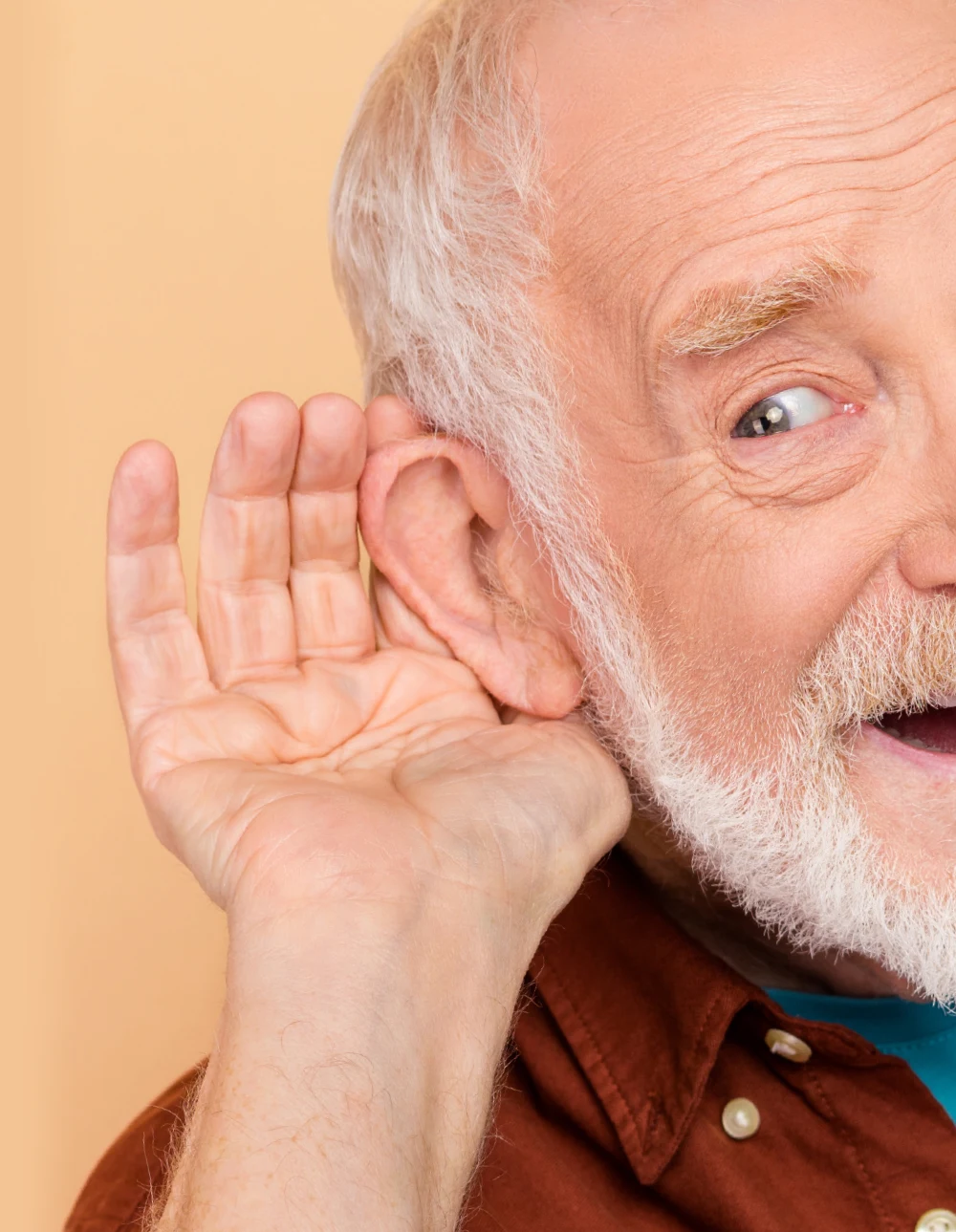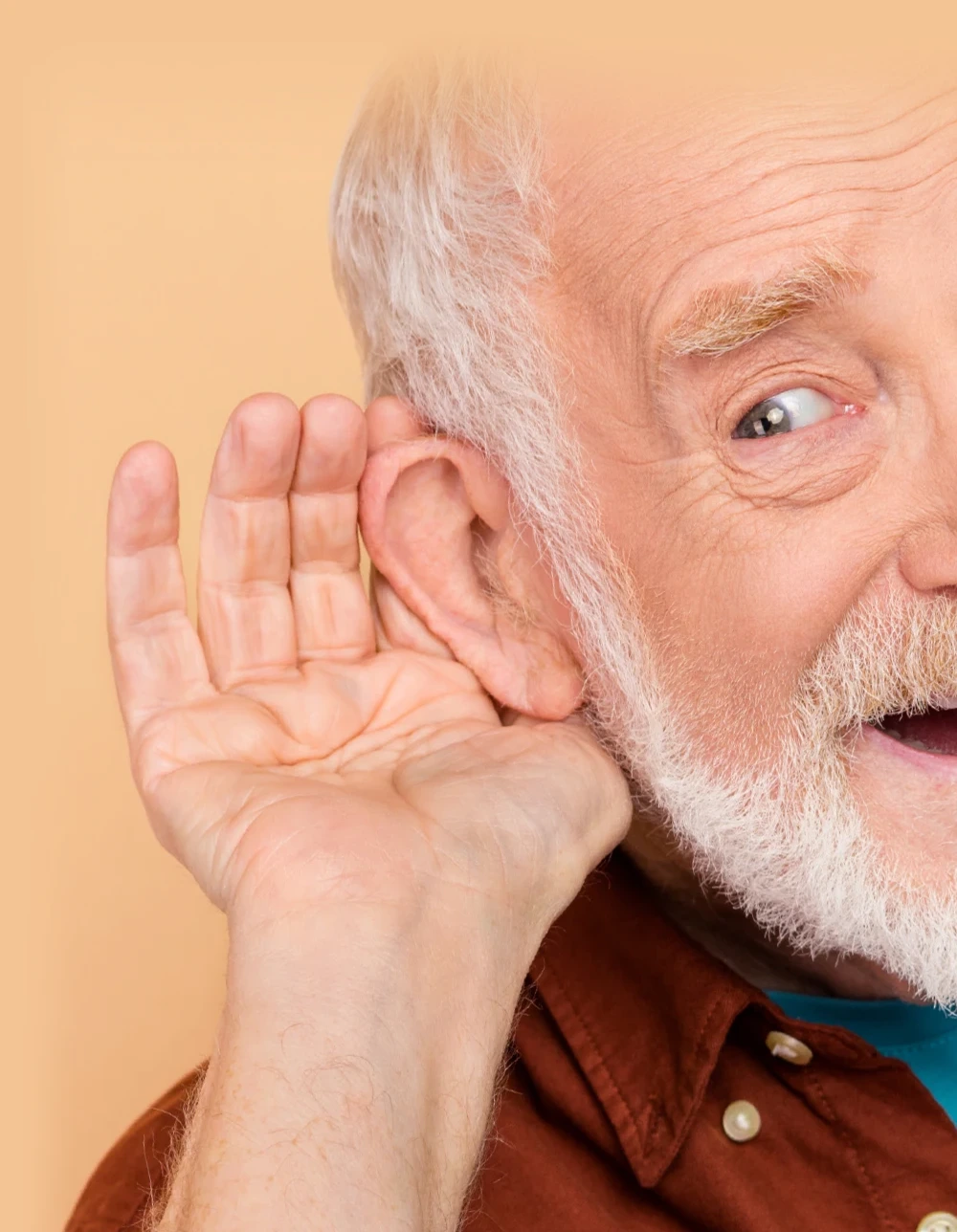

hysicians in training choose a specialty for their final year of medical school. After sampling fields ranging from obstetrics and pediatrics to psychiatry and surgery during clinical rotations, medical students audition for residency positions during sub-internships. This is the time to discover a passion that will guide the physician’s career.
Whether a medical specialty is available in a community, therefore, is partly up to the whim and fancy of the youngest doctors. In rural Alaska, even general physicians might be several hours away from where people live, and urban residents may find themselves traveling Outside to receive specialized care.
In some specialized areas, though, Alaskans have the home advantage. Thanks to one doctor who has dedicated his career to addressing hearing loss, and one hospital program working to help families of infants born with substance abuse withdrawal, Alaskans have access to some of the best specialized care in the nation.
The attitude was, according to McCarty, “He’s going to die anyway.” McCarty, though, was seeing a correlation between hearing loss and dementia, and he believed hearing aids could help his patient.
“I didn’t have the research to respond then,” he says, “but I do now.”
What recent research says is powerful: according to several Johns Hopkins University studies, nearly 80 percent of individuals diagnosed with Alzheimer’s disease and related dementias also experience hearing loss. For adults at high risk of dementia, the use of hearing aids reduced the rate of cognitive decline by almost 50 percent over a three-year period.
Forty years after McCarty made his recommendation to that early patient, more than 25,000 research studies on the National Library of Medicine’s website correlate the ear and the brain. Today, McCarty serves Alaskans suffering from hearing loss at Audiology Associates, which he founded, and where he does more than simply provide hearing aids for those experiencing hearing loss.
Starting with an examination, McCarty and his staff use modern testing techniques to assess auditory nerve function and tympanometry, which measures the movement and function of the eardrum. They also evaluate a person’s ability to understand speech in the presence of background noise and to hear high-pitched sounds.
One difference in McCarty’s evaluation? He also administers a memory screening.
“We’re not diagnosing [dementia or Alzheimer’s],” McCarty explains. “We’re simply getting a baseline score, and then we utilize that information to obtain the prescription for hearing correction.”
“It’s kind of funny because people think we hear with our ears—but we don’t, actually,” McCarty explains.
Ears do the work of taking in sound waves, which get converted into nerve impulses. From there, the brain takes over, distinguishing between the blast of a train horn and the wail of a baby.
Research finds, though, that as hearing loss goes uncorrected, the brain experiences atrophy, or shrinkage.
“Basically, it’s this lack of stimulation that is associated with memory loss,” McCarty says. “Restimulation of the brain with hearing correction can be associated with the prevention and reversal of memory loss.”
This is possibly one of the more astonishing findings that McCarty bases his work upon: while other treatments for Alzheimer’s disease and other dementias are available, none of them promise to reverse the effects. Drugs like Lecanemab and Donanemab remove plaques from the brain to slow the degenerative process, and cholinesterase inhibitors may help lessen or stabilize symptoms for a limited time. But medicines cannot halt the progress of the disease.
Dementia patients who were part of a nationwide study McCarty participated in, though, showed a correlation with significant memory improvement two months after beginning treatment for hearing loss.
“We’re tapping into the body’s own onboard, built-in recovery system,” McCarty says. “In the past, people would say, ‘I don’t really need to correct my hearing, it’s very mild loss.’ But it’s true for even very mild hearing loss: the more uncorrected loss you have, the greater the likelihood of memory loss and even Alzheimer’s.”
In fact, although McCarty suffers from very slight, high-frequency hearing loss himself, he has begun his own treatment. He’s become something of an evangelist about hearing loss and the prevention of dementia. He appears on 700 KBYR for a weekly radio show with broadcaster Dave Stroh to promote awareness around hearing loss and answer questions about the connection between the ear and the brain.
He also participates in yearly mission trips to the Dominican Republic to provide children and adults with screenings and hearing loss treatment, including free hearing aids; he collects donations of used hearing aids through his charity, the Alaska Hearing Foundation.
The rest of his time is dedicated to serving Alaskans from his Anchorage-based office. With only about fifty clinics in the entire United States focusing on hearing loss as a major risk factor for dementia, access to one of the leading providers doing this work is a significant benefit to Alaskans hoping to prevent dementia or Alzheimer’s disease.
“If [patients] have been into other offices, then they see our process, they’re saying, ‘No one else has mentioned the brain [in association with memory loss],’” McCarty shares. “What we’re trying to do is fill that void. You don’t have to go down to the Lower 48 to get this kind of service. It’s available right here.”
NAS occurs when an infant is exposed to certain drugs, like opioids, while still in the womb. Infants with NAS can experience an array of symptoms, which can be minimal—sneezing or irritability—or indicative of severe withdrawal: screaming, an inability to nurse, seizures, vomiting, and more.
Historically, most treatment for infants experiencing NAS has been opioid replacement therapy, which involves giving a newborn an alternative opioid, like morphine or methadone, then weaning them from this substitute once symptoms are stable.
With NEST, though, treatment looks a little different.
“We keep those parents and their child together as long as absolutely possible, and we help coach them and teach them what non-pharmacologic care is best for their baby,” says Neonatal Nurse Practitioner William Trawick, who helped establish Alaska Regional Hospital’s NEST. “Things like intense physicality—holding their baby, skin-to-skin—reducing lights, reducing sounds. Simple things that are common sense but often overwhelming to a new parent.”
The four-bed NEST unit is designed to create the calming atmosphere that babies with NAS need: rather than an institutional, sterile hospital room, the space feels like a nursery, with cribs and mobiles, rocking chairs, a place for parents to sleep—and, of course, low noise and light levels.
“I explain to parents, their baby’s brain is in a chaotic state, and we need to do whatever we can to ease that chaos,” Trawick says.
Treatment at NEST emphasizes a judgment-free environment focused on caring for NAS symptoms with minimal medication, but babies do receive medically controlled detox. NEST offers each family their own nurse, a staff member dedicated to that family’s experience and their infant’s recovery.
From 2004 to 2015, 38.7 percent of infants with neonatal opioid withdrawal syndrome from Alaska were removed from their mother’s care within twenty-eight days of birth. NEST staff do whatever they can, though, to work with other partners, including the Alaska Office of Children’s Services, to connect mothers with the assistance they need to keep their babies.
“Parents make the best parents,” is how Trawick has put it. “Babies that are cared for in this environment, with their families, exposed to maximum non-pharmacologic care—and even medication-assisted care—will be discharged from the hospital sooner, the baby will require less medication, and I believe they’re much more likely to go home with their biological parents, which is the goal.”
Having one of the nation’s leading—and few—NEST programs available in Alaska is a potential game-changer. Recent years have seen a surge in opioid use in the state. In 2023, 342 Alaskans died from opioid overdose, an increase of 40 percent from 2022.
While the rate of NAS per 1,000 infants in Alaska increased from about 94 in 2018 to a little over 116 in 2021, evidence shows that early interventions and educational services can help families, making it less likely that they will need care from the NEST facility in the future.
This is how success is measured at NEST: not just in the treatment of symptoms, but in the treatment of a family—without judgment, without shame, and with the hope that, through support and care, every baby can leave the NEST and go to a safe and loving home.